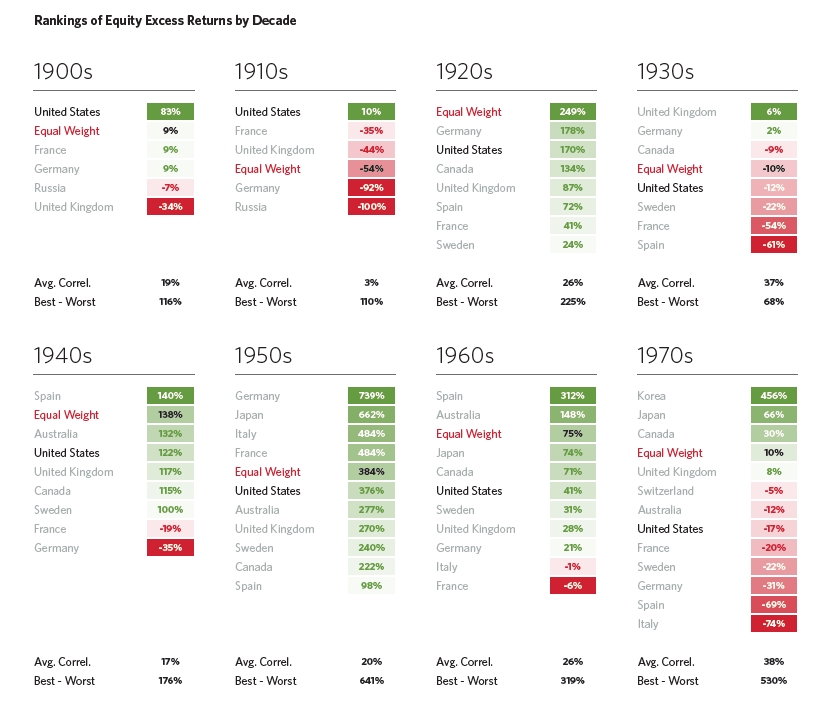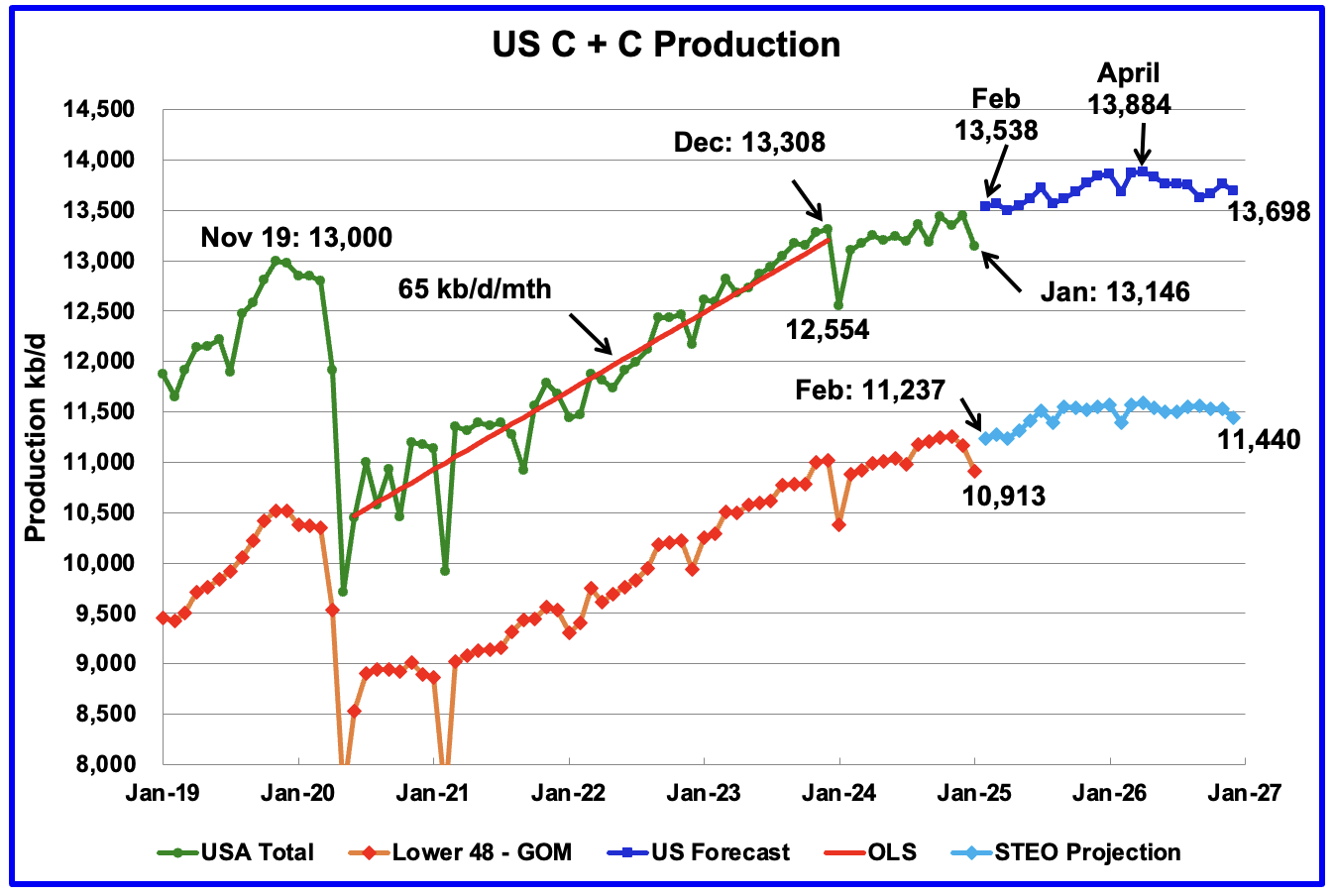Is an Annuity Right for You? 3 Factors to Weigh Before Making the Call
In the DIY digital era, where people enter stock trades on Robinhood through a smartphone app, the notion of not managing one’s own retirement funds may be considered quaint and an anachronism. Nonetheless, there is still a large segment of the population, especially from the Baby Boomer generation, that may be too intimidated or uninterested […] The post Is an Annuity Right for You? 3 Factors to Weigh Before Making the Call appeared first on 24/7 Wall St..

In the DIY digital era, where people enter stock trades on Robinhood through a smartphone app, the notion of not managing one’s own retirement funds may be considered quaint and an anachronism. Nonetheless, there is still a large segment of the population, especially from the Baby Boomer generation, that may be too intimidated or uninterested in taking the management of their retirement funds into their own hands and prefer the professionals to handle it.
Key Points
-
Annuities can manage one’s funds in order to receive fixed income amounts for an extended period of time, which can be ideal for retirees and people who are uninterested or too intimidated to directly manage those funds themselves.
-
There are features of annuities that can make them attractive for retirees concerned with downside protection, like guaranteed income no matter what the market conditions are, but they come at a hefty premium.
-
Mixing and matching some annuities with other investments might offer the best customized results for retirees with widely diverse needs and criteria.
-
4 million Americans are set to retire this year. If you want to join them, click here now to see if you’re behind, or ahead. It only takes a minute. (Sponsor)
As a great many 24/7 Wall Street readers fall firmly into the former camp, annuities are an asset class that often is below their radar. A lucrative tool created by and offered from the insurance industry, annuities work in the following manner:
- At its core, an annuity is an insurance contract. The investor agrees to pay in a fixed amount, either in a lump sum or in premium payments.
- The insurance company invests the money to grow it so that when the investor wants to start getting income for retirement or other reasons, a specific amount is guaranteed to pay out over the contractually agreed upon term.
- The money grows tax-free, similar to an IRA. Qualified annuities, which are funded with pre-tax dollars, also entitle investors to a tax deduction for each lump sum or premium payment made into the annuity.
- While funds are being accumulated through premiums, the annuity has some built-in safeguards. For example, should the investor perish during this period, the annuity will have a death benefit, comparable to those of life insurance policies. These can often be pre-assigned to a specific beneficiary.
- Depending on the type of annuity, it will pay the income for a fixed term, i.e., 20 or 30 years. In most cases, annuities will continue to pay if the investor outlives the annuity term. If an investor perishes before the term has completed, the insurance usually keeps the balance.
- Since annuities are issued by insurance companies, one can have a long-term care rider written into the annuity for an additional cost
Different Strokes for Different Folks

Annuities come in several different categories to cater to a wide demographic’s respective needs.
- Immediate Annuity – With this type of annuity, the income payments normally commence upon or soon after the deposit of a large lump sum.
- Deferred Annuity – The most common type of annuity. Income payments usually begin at a projected future date most often at the beginning of or sometime after the commencement of one’s official retirement.
- A Joint and Survivor Annuity, can, for an additional cost, cover a married couple and provide income to the surviving spouse if one of them were to perish early.
Investors also have three general choices as to the type of assets in which the annuity is invested:
- A Variable Annuity is usually invested in a portfolio of mutual funds from which the investor selects from a menu. These usually have the greatest upside potential.
- A Fixed Annuity is one that is invested primarily in bonds. The portfolio is pegged to a specific interest rate.
- An Indexed Annuity usually has a guaranteed low return minimum with the funds invested in ETFs benchmarked to a particular index, i.e. the S&P 500, or other.
The Other Side of the Annuity Coin

While the advantages of annuities have been described above, the conveniences that they provide come at a price. A number of critics will say that price is almost usurious, especially when compared to ETFs or other asset classes. Perhaps this is why insurance salespeople market them so vigorously. Some of the additional costs and drawbacks of annuities include:
- Compared to the average 2% fee charged for mutual funds, annuity commissions can run as much as 8% or more, which would quadruple or quintuple those for mutual funds.
- Annuities also charge higher annual management fees compared to mutual fund expense ratios, although the annual annuity fees have begun to decrease.
- Annuities also charge an annual admin fee for mailings and communication update services.
- If an investor needs to break an annuity contract, cannot or no longer wishes to continue making premium payments, or needs to make an early withdrawal, a surrender charge, which is like a penalty fee, is assessed. The surrender charge can be assessed on a percentage of the funds being withdrawn, or may be charred on a descending scale, according to how early into the annuity the withdrawal is made.
- Mortality Expenses – as stated above, this is the additional fee if a death benefit component is included in the annuity contract.
- As pre-tax funds may be invested into the annuity, income tax may be charged on annuity payments.
- Comparably to an IRA, surrendering an annuity contract before age 59 ½ may trigger an IRS 10% early penalty fee.
- Overall, annuities deliver inferior investment gains compared to other asset classes, primarily due to the hefty fees.
- Annuities lock up funds under contract for a long period of time, and are only available subject to penalty fees, making them relatively illiquid while in effect.
- There is no Cost of Living Adjustment component to an annuity, so they are subject to inflation risk.
Annuity Shopping and Strategy Tips
If, after weighing the pros and cons, one decides they wish to obtain an annuity for retirement, there are several points to watch for to ensure that an annuity fits with an investor’s suitability risk profile.
- The rating of the insurance company issuing the annuity is extremely important. Similarly to bond issuers, the lower the rating, the greater the default risk.
- Fixed Rate annuities are like CDs, in that they are subject to prevailing interest rates, so one should review and update rates when comparison shopping.
- The strongest aspect of annuities are their guaranteed income components, while their growth elements are hampered by the high fees. A mixed strategy to consider that many often take is to focus on ETFs for growth and then transfer a portion of the funds into an annuity when entering retirement. Keeping a larger chunk in low-fee growth will reduce the attrition rate, and contributions to an annuity can be continually made at the investor’s discretion.
Stan “The Annuity Man” is a blogger with deep experience in the annuity industry. He advises people to focus on what the contract says, not what the salesperson says. For example, if one wants guaranteed income, they need to focus their shopping based on the highest guarantee among prospective annuities’ income riders, which is where that language can be found.
Companies that offer upfront bonuses will inevitably give you smaller backend payments, so he advises not to be filled into thinking it’s free money. Any company offering an upfront bonus is going to have a smaller income rider.
The 3 Factors to weigh when contemplating an annuity boil down to:
1) Do I trust the insurance company to manage my retirement income better than me?
2) Is the income being offered in the annuity contract worth it to me relative to the amount I will have to contribute?
3) Do I have sufficient outside funds for emergencies, etc. so that I won’t be forced to trigger any surrender penalties?
Summary: “Don’t buy the story, because you’re buying the contract in reality.”
The post Is an Annuity Right for You? 3 Factors to Weigh Before Making the Call appeared first on 24/7 Wall St..

































































































































































